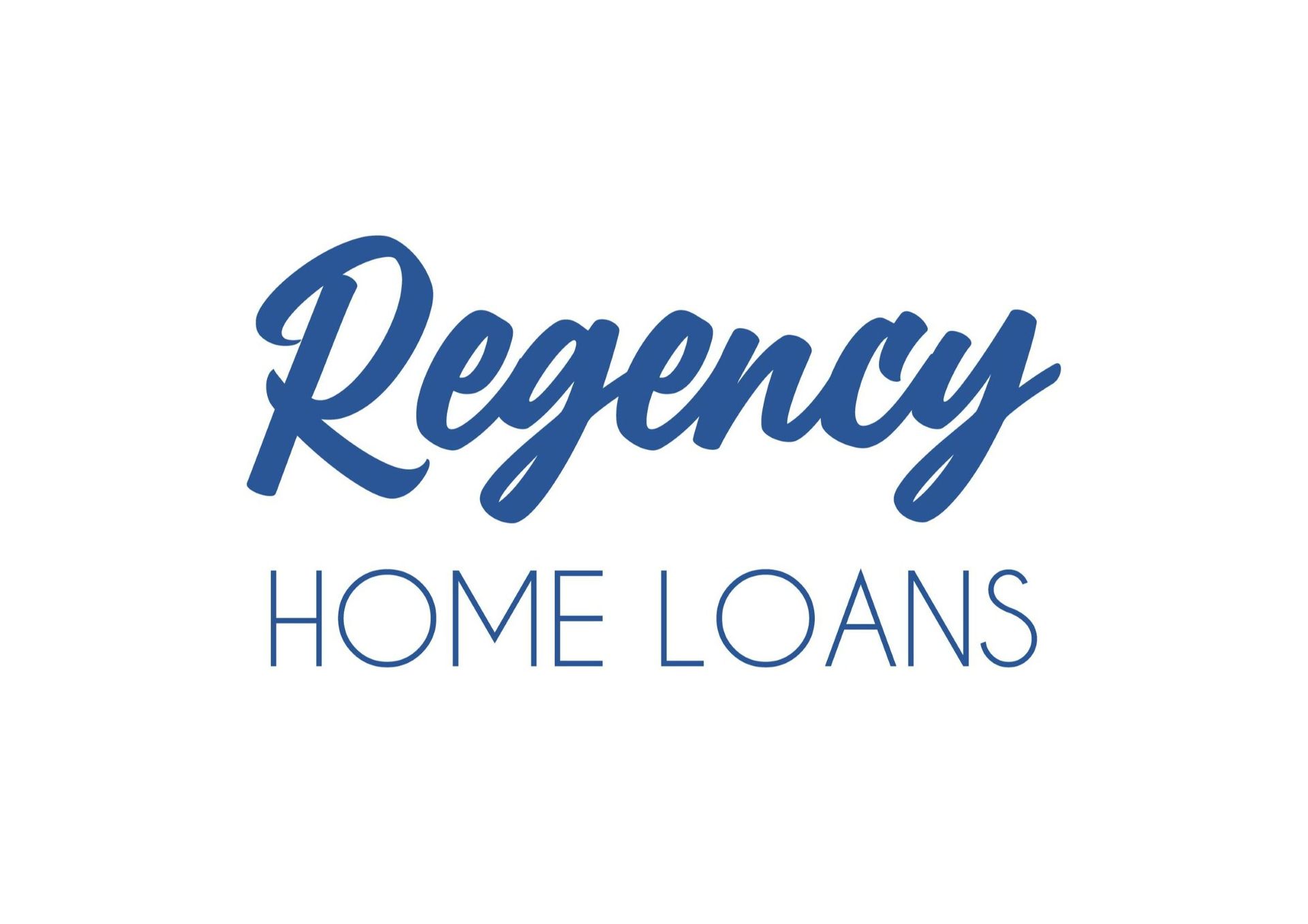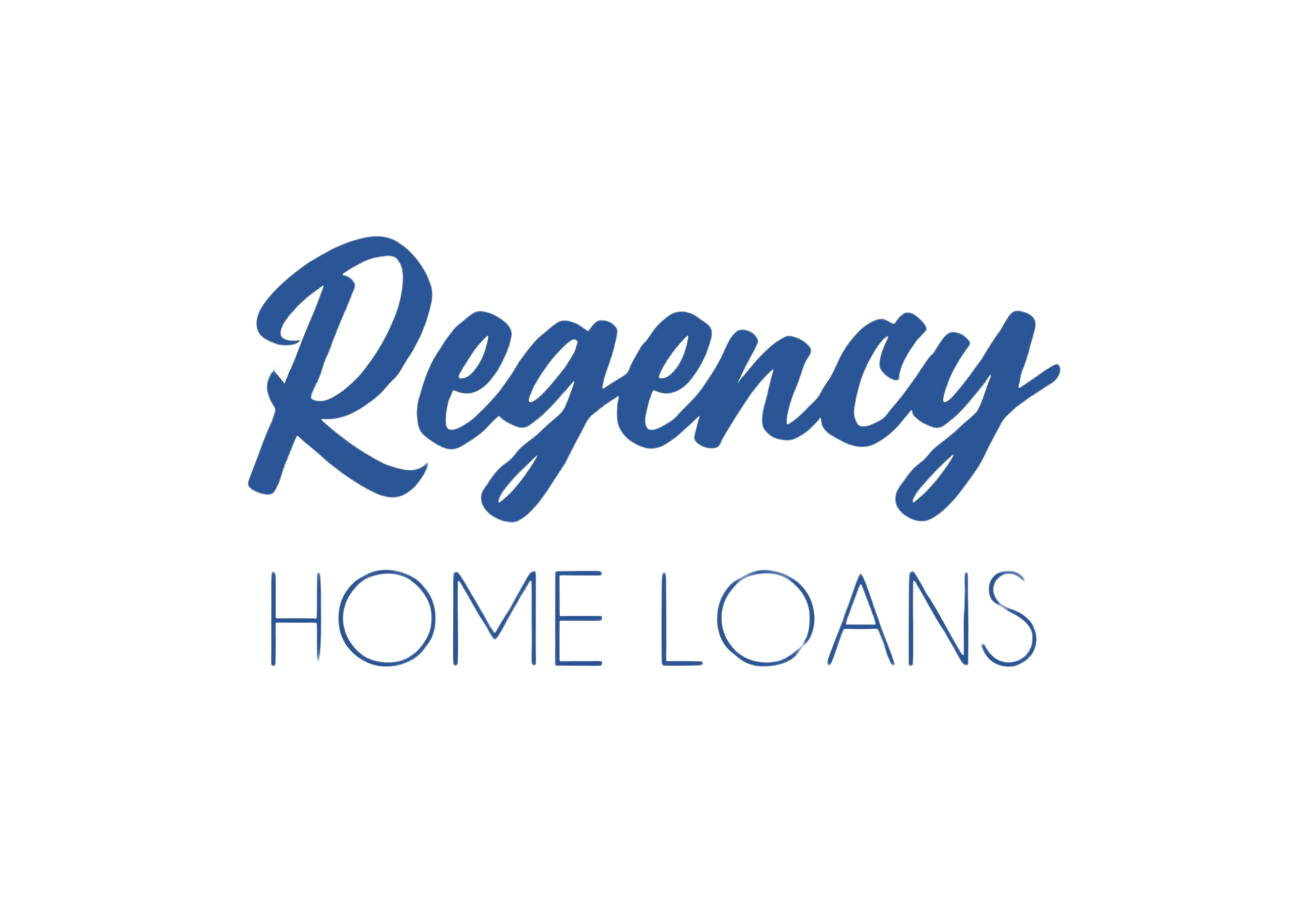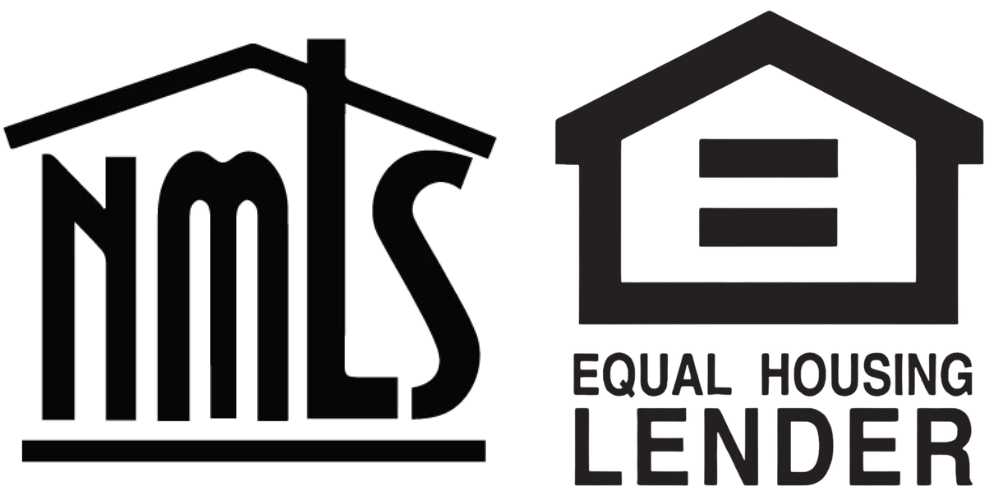Interest-Only Mortgages: Lower Payments Upfront, Higher Stakes Later
Ever dream of freeing up some cash flow in the early years of homeownership? Interest-only mortgages (IOMs) offer a tempting option: lower monthly payments for a set period, often 5-10 years. But this flexibility comes with significant considerations for the long term.
Understanding IOMs: Delaying Principal Payments
An interest-only mortgage allows you to pay just the interest on the loan amount for a predetermined period. Unlike a traditional mortgage where your payment covers both interest and principal, with an IOM, your principal balance remains unchanged during the initial phase. This translates to lower monthly payments compared to a fixed-rate mortgage on the same property.
The Allure of IOMs: Increased Cash Flow
- Lower Initial Payments: Free up cash in your budget during the introductory period. This can be helpful for young homebuyers managing other financial obligations or those looking to invest in renovations.
- Strategic Purchases: If you anticipate selling your home before the end of the interest-only period, you can potentially benefit from appreciation in the home's value while making lower monthly payments.
The Risks of IOMs: Building No Equity Early On
- No Equity Growth: Since you're not paying down the principal balance initially, you won't build equity in your home during the interest-only period. This can leave you vulnerable if property values decline.
- Higher Payments Later: After the introductory period ends, your monthly payment will typically increase significantly as it now needs to cover both principal and interest. This jump can strain your finances if your income hasn't grown proportionally.
- Refinancing Challenges: Qualifying to refinance out of an IOM can be difficult, especially if you haven't built any equity in your home during the interest-only period.
IOMs vs. Traditional Mortgages: Weighing Your Options
Choosing between an IOM and a traditional mortgage hinges on your long-term goals and risk tolerance:
- Long-Term Homeowners: A traditional fixed-rate mortgage is generally better for those planning to stay in their home for a long time, as it allows for steady equity building and predictable monthly payments.
- Short-Term Buyers: If you plan to sell your home within the interest-only period, an IOM may be an option, but remember to factor in potential fluctuations in home value.
Are IOMs Right for You?
IOMs can be a suitable option for very specific situations, but they come with inherent risks. You should have a solid financial plan for dealing with the significantly higher payments after the introductory period and ideally have other ways to build wealth besides home equity.




